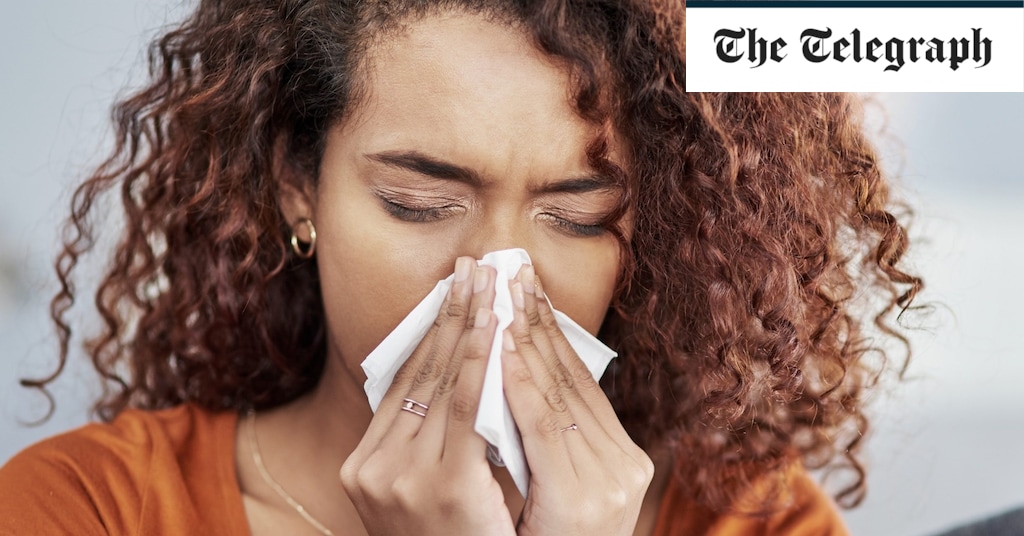So, if you have the sniffles or a sore throat, or any of the other symptoms the conditions share, how do you know what you have and what to do about it?
How do you tell which you’ve got?
Typical hay fever symptoms include sneezing, coughing, a runny or blocked nose, as well as red, itchy, or watery eyes. Sufferers can also experience headaches, earache or lose their sense of smell. Symptoms of the FLiRT variant are fever, continuous cough, change or loss of smell and taste, along with a sore throat, nausea and diarrhoea.
Owen says: “It is difficult to tell the difference between the two because some symptoms overlap, if you feel unwell testing is the only way to tell.”
How to deal with it: FLiRT
There are no mandates in force, but as with any transmissible illness it is advisable to stay away from the elderly or vulnerable.
Prof Young says: “Only 60 per cent of eligible people came forward for boosters in the spring and the latest hospital data shows the increase in admissions was mainly in people over 85. There are still people in the community who are vulnerable.”
The experts advise not to go out in big crowds. Masks can also help stop the spread of airborne particles.
“Treat it as you would a cold with over the counter medication to treat the specific symptoms,” Young adds. “If you are really poorly, isolate for a few days so you don’t spread it.”
How to deal with it: Hay fever
Hay fever symptoms can usually be managed at home or with medication widely available in community pharmacies or supermarkets.
Cetirizine is one of the most common medications. It is an antihistamine with brand names such as Benadryl Allergy, Piriteze Allergy, Zirtek Allergy. It’s usual to take cetirizine once a day but it can be taken twice a day. It is classed as a non-drowsy antihistamine, but some people still find it makes them feel sleepy. It is used as a preventative treatment in the early stages of hay fever, and at the first sign of your symptoms.
Allergen barrier nasal sprays and nasal gels can also be used in the nose and get to work within a few minutes. Corticosteroid nasal sprays can help to control symptoms such as inflammation of the nasal lining and itchy red eyes.
